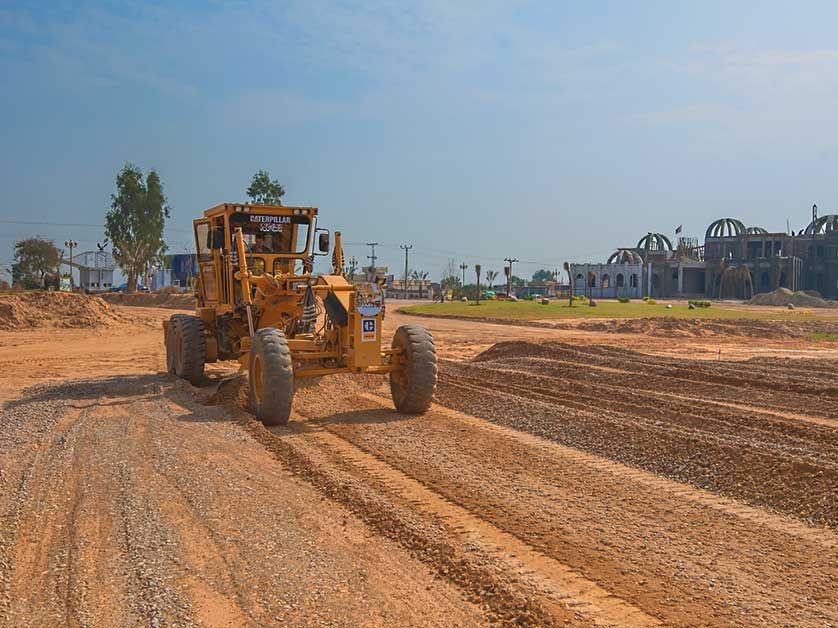
In the realm of road construction, the emphasis often falls on the visible layers of asphalt and concrete that drivers interact with daily. However, the unsung hero of any road’s longevity and performance lies buried beneath these layers, in the critical process of subgrade preparation. At Bonness Inc., a firm specializing in comprehensive site preparation and base installation for roads and parking lots, this foundational step is pivotal to ensuring the infrastructure withstands the test of time and the challenges of a unique climate.
The Bedrock of Road Durability: Understanding Subgrade
The subgrade acts as the foundation for any road, parking lot, or pathway. Composed of native soil or engineered fill, the subgrade directly influences the future road’s ability to endure traffic loads and environmental conditions. Naples, with its varying geology from sandy beaches to swamplands, presents unique challenges for road builders like Bonness Inc., who must tailor their approach to site preparation with precision and expertise.
Assessing and Improving Subgrade Materials
One cannot overemphasize the importance of starting with a robust subgrade. The ideal subgrade material should possess adequate load-bearing capacity, minimal moisture variability, and resilience against environmental changes. Tests for soil composition, strength, and moisture content guide the selection or improvement of subgrade materials. In scenarios where the native soil lacks these qualities, techniques like over-excavation and replacement with superior fill or stabilization using cement, lime, or asphalt binders come into play. These measures ensure the subgrade provides a stable and reliable base for the layers above.
Why Compaction is Key
In Naples’s dynamic climate, where rainfall is abundant and temperatures can fluctuate, maintaining the optimal moisture content in the subgrade is crucial. Proper compaction of the subgrade material at near-optimal moisture content increases its density, enhancing its strength and stability. This is paramount in preventing pavement failures like cracking, settling, and potholing, which are not only hazards for traffic but also costly to repair.
The Role of Drainage
Another pillar of effective road building prone to significant rainfall is managing surface and subsurface water through adequate drainage. An improperly drained subgrade can lead to water logging, which in turn softens the soil, reducing its load-bearing capacity and leading to road deformations. Strategic placement of drainage systems during the subgrade preparation phase can significantly mitigate these risks, contributing to the road’s resilience against weather-induced wear and tear.
Overcoming Challenges in Subgrade Preparation
Despite the complexity of its task, the approach to subgrade preparation need not be a one-size-fits-all solution. Innovations in geotechnical engineering, along with decades of experience from companies like Bonness Inc., provide a range of methodologies to address the challenges unique to each site. Whether it’s dealing with the high groundwater levels common to Naples or navigating the logistical hurdles of urban construction, the adaptability of subgrade preparation strategies ensures that every road begins on solid ground.
Conclusion
The efforts invested in subgrade preparation might remain unseen beneath layers of asphalt and concrete, yet they are fundamental to the longevity and safety of the roads. At Bonness Inc., understanding and executing this foundational phase with precision underscores every successful road and parking lot project undertaken. Give us a call at (239) 597-6221, or fill out our contact form to schedule an appointment.
